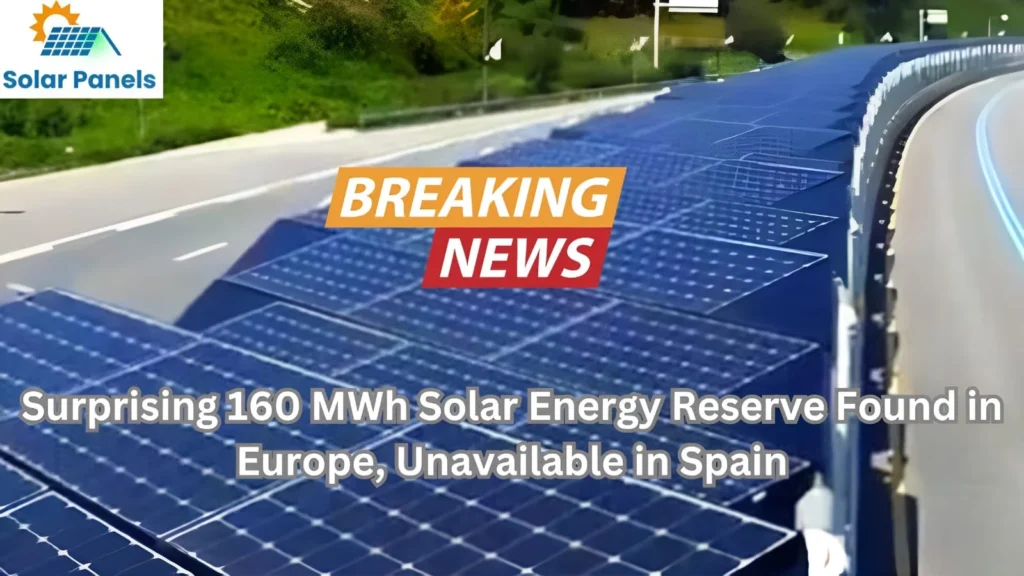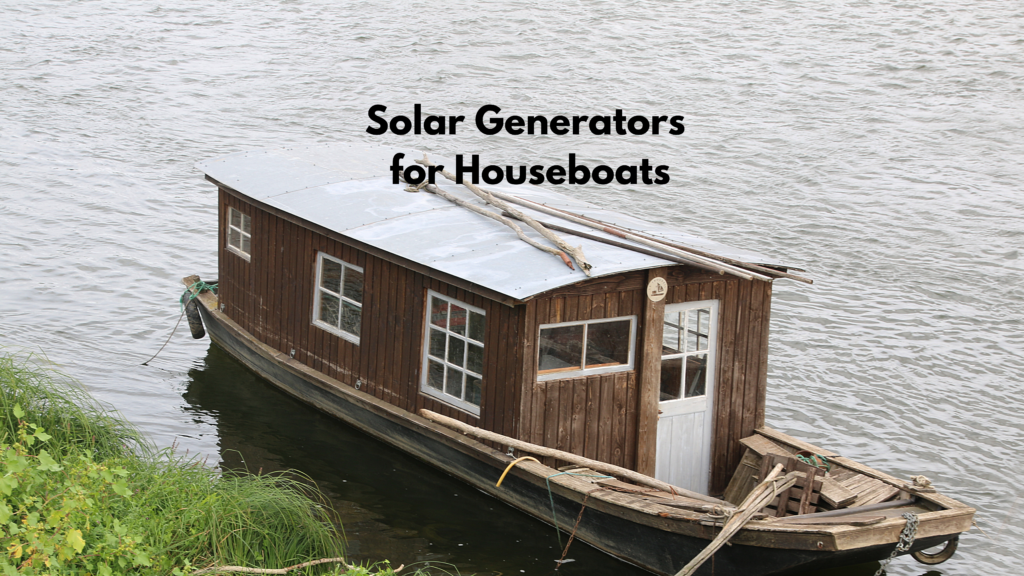Eco-friendly Energy for Your Home
Eco-friendly Energy for Your Home: Emerging as a beacon, solar solutions navigate the energy transition toward renewable sources. This simplified yet comprehensive guide will impart valuable insights into their various advantages, discuss their intricate mechanics, and outline the varied types available for implementation. With practical tips, this article helps you choose ideal home solar solutions, promoting a greener and brighter future.
Table of Contents
Toggle
Advantages of Solar Solutions
Solar energy not only offers an eco-friendly alternative to other unfavorable technologies, but it is also increasingly economically viable. Here are some major advantages:
- Renewable Energy Source: Solar energy is a sustainable resource, meaning we won’t run out of it, unlike certain other energy sources. The abundance of solar power solutions makes it an ideal energy source globally.
- Reduces Electric Bills: Since it fulfills some of your energy needs with the power your solar system has generated, your electricity bills will surely be pared down.
- Diverse Applications: Solar energy solutions can be utilized for different purposes, such as producing electricity (photovoltaics) or heat (solar thermal), and can even be integrated into the materials used for buildings.
- Low Maintenance Costs: PV Solar energy systems generally require little maintenance. After the initial investment to purchase and install the system, the ongoing costs are quite minimal.
- Technological Advancements: Progress in solar panel technology is continuous, with new waves of technology like quantum dots, solar fabric, and transparent solar panels paving the way for even greater benefits.
How Solar Systems Work
Solar panels generate electricity by freeing electrons from atoms through photons, which is a direct result of the photovoltaic effect. The generated electricity is DC (Direct Current) and has to be transformed to AC (Alternating Current) for home use by an inverter.
During the day, if your solar system produces more electricity than your home requires, the excess can be either stored in batteries (in the case of a hybrid or off-grid system) or fed back to the electrical grid (in the case of a grid-tied or hybrid system). At night or during times when the panels are not producing power, you can use the stored power or pull from the grid (if connected).
Types of Solar Systems
1. On-grid
On-grid or grid-tied solar systems are by far the most common and widely used affordable solar solutions. These systems are connected to the public electricity/power grid and do not need battery storage. The solar power generated is used partially for households while the excess is fed to the grid. The home can pull power from the grid if the system cannot produce enough electricity. An economic advantage of these systems is the possibility of selling excess energy back to utility companies in some areas.
2. Off-grid
Off-grid or stand-alone power systems (SAPS) are not connected to the utility grid and must be sized properly to power all electrical appliances year-round. They require a battery bank for storing electricity and a backup generator or an alternative energy source for periods of extended lack of sun. These systems are best suited for remote regions where extending a power line would be costly.
3. Hybrid
Hybrid PV solar systems combine the best of grid-tied and off-grid solar systems. These residential solar systems are connected to the grid and are also equipped with a battery storage system that can store excess power produced. This allows households to use solar power at night and in times of power outages. It provides a balance between energy independence and the security to pull from the grid when needed.
How to Have a Solar System
Installing a solar system starts with determining your energy needs. An energy audit can help identify how much energy your household consumes. This will help determine the size and type of kW solar solutions that best suit your needs.
Refer to a reputable solar company with certified technicians to perform site inspection and implement plan layout. Once your solar system is constructed, the utility company or municipality will need to approve it before going live.
Lastly, always ensure that the installed system undergoes regular maintenance inspection, and cleaning to optimize its performance and lifespan.
Although the upfront costs of residential solar solutions can be substantial, flexible financing options are available. Furthermore, the long-term benefits, such as cost savings and environmental impact, far outweigh the initial investment.
Tips on Choosing the Right Solar Solution for Your Home
- Evaluate Your Energy Needs: Understanding your home’s energy needs is the first step to identifying the appropriate solar power system. Your monthly energy usage, as well as peak usage periods, should guide your decision.
- Assess Solar Potential: The geographical location of your home can greatly influence solar potential. Online solar calculators can help you assess the solar potential of your area.
- Explore Different Solar Solutions: Get to know the different types of solar systems – like Photovoltaic or Concentrated Solar Power systems – to determine which is best for your home.
- Choose a Reliable Solar Provider: Look for providers with a good reputation, solid warranty, and credible customer service like FusionSolar.
- Consider Your Budget: Solar systems might be cost-consuming. But look in the long run and look for financial incentives, like solar rebates or tax credits, to offset the upfront cost.

Conclusion
Taken together, solar solutions offer a bright future for both homeowners and the environment, providing a sustainable and cost-effective alternative to conventional energy/power sources. Eco-friendly Energy for Your Home, As we become more educated about the diverse types of solar systems available and the best practices for implementation, choosing the ideal solar solution for our homes will bring about a cleaner, more energy-efficient world. FusionSolar remains committed to this vision and the transformative potential of solar energy.


